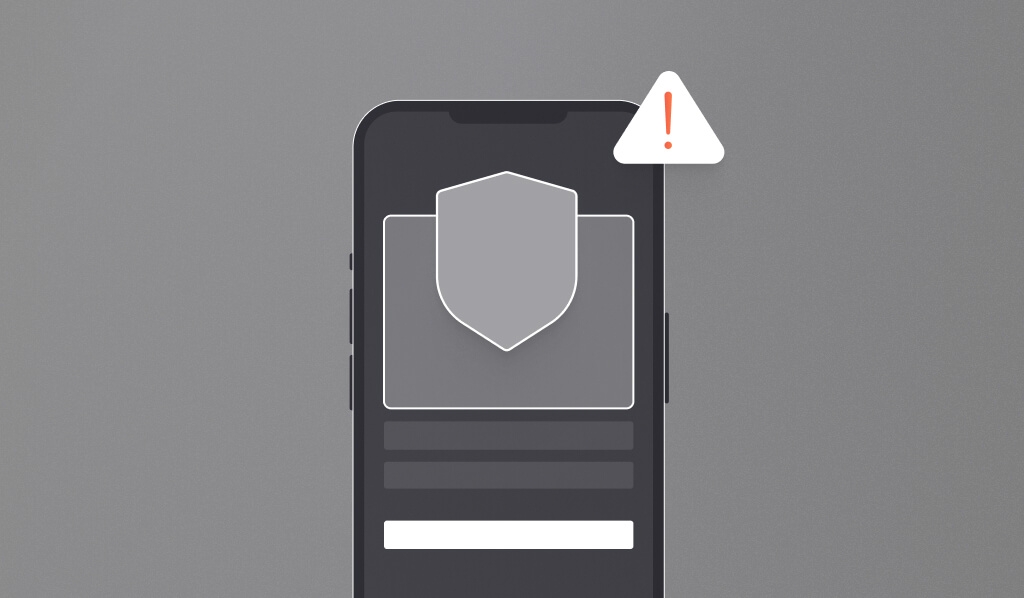
Users have numerous search engines to find anything they need. Instead of having separate applications competing for attention, businesses have turned to super apps where customers can get countless services under one corporate umbrella. This strategy keeps customers on your application and gives them multiple reasons to return. A bonus is that users will think of the super app for future services, recommend it to others, and attribute the super app for various services
Several super apps on the market fall into this category. Ridesharing and local food delivery is often attributed to Uber, online shopping for countless products is associated with Amazon, PayPal is associated with payments, and Netflix is associated with streaming options. These apps are monitored for fraud to avoid a data breach, which is what every business should do with its software assets.
What are Super Apps?
A super app is an all-in-one application that combines multiple services into one platform. This allows users to access various services without leaving the main app. The term “super app” was first used to describe the Chinese app WeChat. WeChat provides its users access to messaging, payment options, eCommerce, social media, games, transportation services, and more – all within one platform.
Developed by Tencent in 2011, WeChat is the most popular super app in China. It has over 1 billion monthly active users who can use the service for almost any purpose they desire. Other popular Chinese super apps include Alipay and Meituan-Dianping, which provide similar features and benefits as WeChat but are focused on different markets (Alipay on payments and Meituan-Dianping on food delivery). These apps have made strides in global expansion, particularly in countries like India, where many people are already familiar with their platforms through visiting relatives or living abroad in China.
Since the rise of super apps in China, western countries have followed in making an all-in-one solution for their customers. Some of these include Amazon Prime (a super app focused on grocery delivery), GoPuff (a convenience store delivery app), Uber Eats (a food delivery service), and Grubhub (another food delivery service). These apps offer multiple services in addition to their core offering; for example, Uber Eats offers ridesharing services, while Grubhub offers online ordering capabilities for local restaurants and their regular food delivery service. These western super apps have gained traction with consumers due to their convenience and loyalty rewards features.
Larger Apps Mean Increased Attack Surface
As an application grows, new architecture, API endpoints, app pages, and users increase its attack surface. Your attack surface makes up the entirety of the organization’s environment and the risks involved for each resource. Add functionality to your application, and you expand its attack surface. Add numerous functions and convert it to a super app, and the organization’s attack surface dramatically increases
Businesses that run super apps constantly battle common threats, but it becomes even more complicated when the super app provides services across multiple industries and stores extensive sensitive data. Common threats target large or small applications, but super apps have a larger attack surface making it easier to find just one oversight. Without good policies documenting and auditing an application, it’s also possible for specific components to be unaccounted for, meaning administrators are unaware of the size of their attack surface to monitor for any ongoing attacks
A few common threats include
- Cloud misconfigurations: To support millions of users, it’s inevitable that businesses need the cloud for its availability, integrity, and performance. A simple misconfiguration of access controls or cybersecurity tools could expose data to the public internet.
- No jailbreak detection: For mobile apps, developers should detect if the local device is jailbroken. Rooted devices don’t have the embedded security offered with standard mobile operating systems (e.g., Android and iOS), so malware can sideload and exfiltrate data from the business super app.
- Credential stuffing and account takeover: Whether attackers can gain access to the mobile app or obtain a list of user credentials, they often create scripts to authenticate automatically into the app. The goal is to validate stolen user accounts and receive user data.
- No encryption on data transfers: Data from the device to the local business APIs and infrastructure powering the app should always use encryption. Not just any encryption – it should use cryptographically secure encryption such as TLS versions 1.3 and above.
What Can Be Done to Protect Super Apps?
Revenue from super apps can double for any organization. Being associated with a specific service is a goal that can turn a small business into an industry powerhouse, but being a target for threats should be a primary concern for any organization. You can’t altogether remove risk, but you can significantly reduce the chance of exposing customer data. Severe data breaches can ruin a brand’s reputation, and the result can have a heavy impact on revenue and future sales. Taking the proper precautions to protect data, penetration testing your super app, and continually monitoring for potential threats are critical to any online organization’s success
Organizations leveraging super apps can take several steps to protect their apps. Here are just a few ways to add security to an app’s infrastructure and code:
Have an expert specializing in cloud configurations and security review provisioned resources.
Administrators provision and deploy cloud-based resources, which can speed up the delivery of app code and help with availability and performance. Still, cloud resources expand your attack surface and must be configured correctly to protect data. Even if resources are deployed by someone who understands cloud infrastructure, they should still be reviewed for any unforeseen misconfigurations
Write code to detect jailbroken and rooted smartphones.
A jailbroken phone threatens the security of data stored on the device. The operating system is replaced with the user’s active system choice and custom configurations. The device is vulnerable to several threats without the security options intrinsic to Android and iOS. The super app should refuse to install on a jailbroken device to protect user data
Install infrastructure on API endpoints to check for bots and malicious activity. Numerous security issues threaten API endpoints, including misconfigurations, exposing data without access controls, and allowing bots to enumerate through credentials to find valid accounts. Libraries like Fingerprint will detect bots without leaving coders responsible for designing effective monitoring and detection. With a few lines of code, Fingerprint will detect and stop bots from enumerating user accounts using credential stuffing
Use encryption for any stored and transferred data.
End-to-end encryption protects data on the device and data transferred to APIs. Without encryption, an attacker can eavesdrop on data. On a jailbroken device, a malicious app installed on the device can access data stored and processed on the device. Always use encryption with sensitive data, especially financial data transferred between the API infrastructure and the local user device.
Getting Started with Super App Security
Developers and administrators have ways to stop common threats. A super app will always increase the organization’s attack surface. Instead of being reactive with cybersecurity, it’s critical for the organization’s continuity, reputation, and data protection to take the necessary precautions to ensure customer data is safeguarded.
With Fingerprint, you can protect your backend API endpoints from being the source for credential stuffing and allow it to enumerate accounts used in identity theft, fraud, financial theft, and overall customer threats. You can’t stop customers from having their data stolen on other sites or from phishing, but you can prevent your application from being used in cyber crimes to validate their stolen credentials
To get started, check out Fingerprint or try out our demo.



